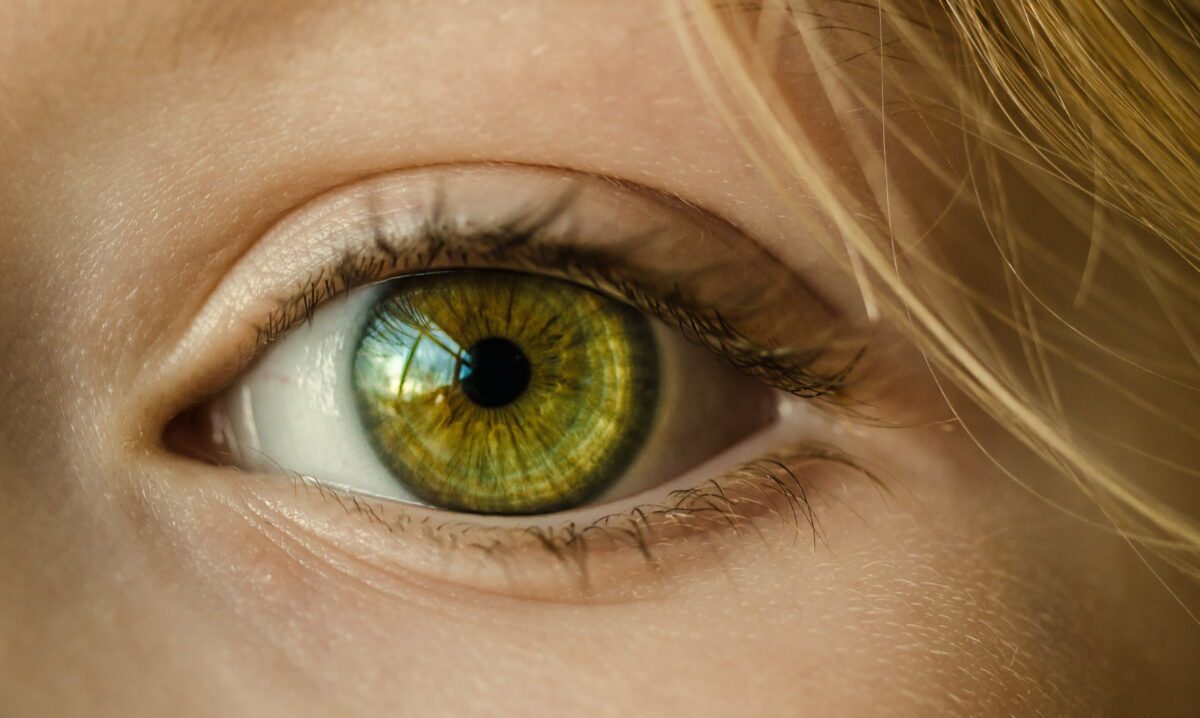They first returned activity to a pig’s brain after four hours of death. Now, they’ve restored vision cells in human donor eyes.
This is not a scam, although it may seem like it. In fact, the principal investigator of the work, Nenad Sestan, from Yale University, who managed to reactivate the activity of neurons in the head of a pig, was chosen as one of the scientists of the year, in 2019, by the prestigious journal Nature.
The pig’s head that came back to life
The pig heads for the research were obtained from the meat industry. The pig had been dead for four hours when a uniquely formulated solution they developed to preserve brain tissue was injected into its circulatory system, using a system they call a brain-ex. They managed to maintain the integrity of neuronal cells, which after death usually decay very quickly, but also restored some functionality of neuronal, glial and vascular cells. I mean, they were activated again, somehow, they came back to life.
However, the researchers emphasized that the brains had no recognizable global electrical signals associated with normal brain function and that no signs of consciousness were seen. The work was published in Nature.
They have now revived light-sensitive cells in the eyes of human donors.
Life after death for the human eye
They not only revived light-sensitive cells in the eyes of deceased donors, but also established communication between them. It’s not science fiction. This is a series of experiments that could transform brain and vision research.
Billions of neurons in the central nervous system transmit sensory information as electrical signals; In the eye, specialized neurons known as photoreceptors detect light.
A team of researchers from John A. Moran Eye Center from the University of Utah described in the journal Nature how they used the retina as a model of the central nervous system to investigate how neurons die and new methods to revive them.
“We were able to wake up the photoreceptor cells in the macula of the human eye. This is the part of the retina responsible for central vision, responsible for seeing colors,” explains Moran Eye Center scientist Fatima Abbas, PhD, lead author of the published study. “Up to five hours after an organ donor died, the cells in their eyes responded to bright light, colored lights and even very faint flashes of light.”
While the initial experiments revived the photoreceptors, the cells appeared to have lost the ability to communicate with other retinal cells. The team identified oxygen deprivation as the critical factor leading to loss of communication.
Prevent loss of oxygen from eye cells
To meet the challenge, Professor Anne Hanneken obtained eyes from organ donors less than 20 minutes from the time of death, and Frans Vinberg designed a special transport unit to restore oxygenation and other nutrients to the donor’s eyes.
It is the first record of b waves made from the central retina of human eyes post mortem.
Vinberg also built a device to stimulate the retina and measure the electrical activity of its cells. Using this approach, the team was able to restore a specific electrical signal seen in living eyes, the “b wave”. It is the first record of b-waves made from the central retina of post-mortem human eyes.
“We were able to make the retinal cells talk to each other, in the same way they do in the living eye in human vision,” says Vinberg. “Previous studies have restored very limited electrical activity in the eyes of organ donors, but this has never been achieved in the macula, and never to the extent that we now show.”
The process demonstrated by the team can be used to study other neural tissues in the central nervous system. It’s a transformative technical breakthrough that could help researchers develop a better understanding of neurodegenerative diseases, including blinding retinal diseases such as age-related macular degeneration.
“The scientific community can now study human vision in ways that are simply not possible with laboratory animals,” says Vinberg. “We hope this will motivate organ donor societies, organ donors and eye banks, helping them to understand the new and exciting possibilities that this type of research offers.”
